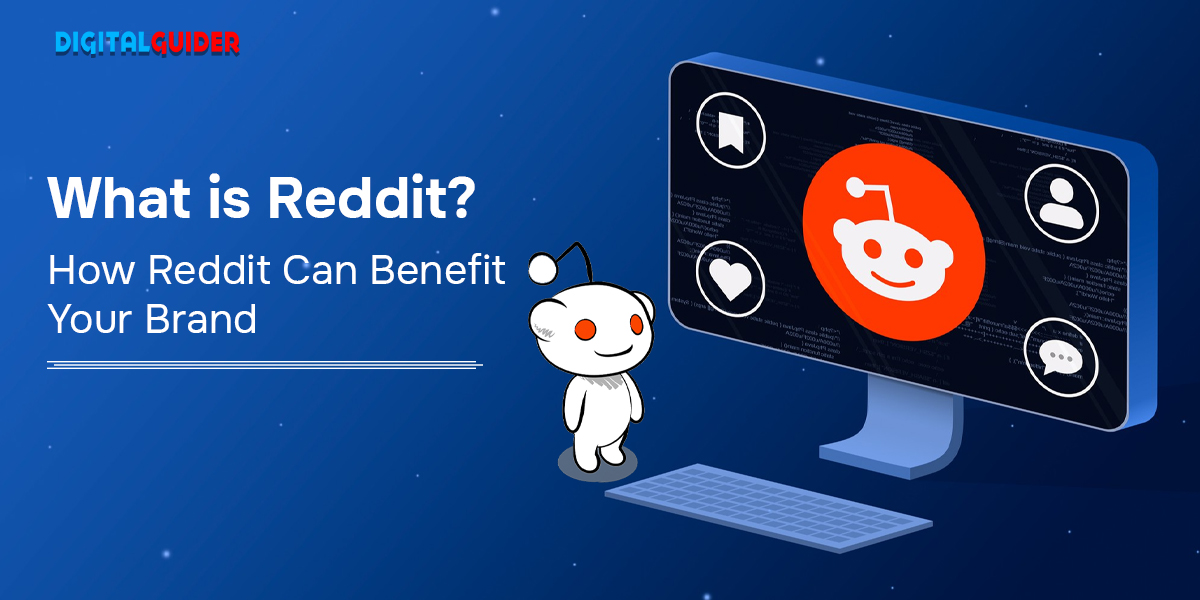Being a tech giant is one thing, but remaining one is a whole other story. No doubt, Intel owes a significant portion of its success – apart from their technical expertise, of course – to its top-notch marketing strategies and game-changing campaigns. This multinational technology company has managed to maintain its leading position in the industry, establishing their brand as trusted, well-built, and always on top of the game. To keep up, there are great tech marketing agencies that can elevate your market strategy as well!
Intel’s Marketing Mix: The Magic Behind the 4Ps
Let’s crack the code to Intel’s marketing success. Yes, we mean let’s go deeper into those famous 4Ps: Product, Price, Place, and Promotion. It’s no secret code, though. We are just going to take a well-rounded look into the backbone of any killer marketing strategy. Let’s dive into how Intel plays this game.
Products: Tailored Tech Marvels for the Target Audience
When it comes to Intel and its innovative approach to both production and marketing, the “Product” is not merely a chip. They excel at providing and marketing their product as a tech masterpiece. Intel’s journey first started with memory circuits, including random-access memory and shift-register memory integrated circuits, during the 70s. Intel was a leader in the RAM, SRAM, and DRAM market. But what did the trick for Intel was microprocessors. Intel launched its infamous microprocessor, Intel 4004, in 1971. It was a great milestone within the industry and was, in fact, the first commercial microprocessor. The industry’s progress in the 80s was closely monitored and even influenced by the brand. They innovated and produced many products, including microprocessors, chipsets, and memory chips. They invested heavily in research and development following the rise of personal computers. Covering laptops to servers, the brand offers a chip for every tech enthusiast, as the product’s use spans from laptops to servers. They owe their leading position to their wide range of products that are used in various devices such as computers, smartphones, and servers. Intel products are known for their reliability and performance. So whether you’re a professional or a mere enthusiast, anyone involved in tech views Intel as a go-to source.
Price: Premium Tech at a Premium Value
The pricing strategy of Intel is a product of a value-packed marketing strategy. Intel’s processors aren’t mere chips; they’re tech marvels priced slightly higher for the promise of the best. This is highly welcomed in the market since, in tech, performance is king. A tech professional would be willing to pay a higher price for guaranteed performance, so customer loyalty surely plays a key role in Intel’s pricing strategy. For an Intel client, the price is not just a number; it’s an investment in superior performance. The pricing strategy involves setting higher prices for premium products, justifying it with the declaration that consumers opt for higher-end models. The factors considered by the brand while adjusting pricing are competition, production costs, and perceived value. Thanks to efficient mass production, Intel secures higher revenues, even when pricing its products at a relatively lower price due to lower cost prices. Not to mention, the brand does not fail to offer a spectrum of processor options at different price points, so that Intel products cater to the diverse tastes of its customer segments.
Place (Distribution): Where Tech Meets the Client
With Santa Clara as its HQ, Intel’s empire stretches across the globe. With a stronghold in Oregon, employing almost 20,000 people, Intel is Oregon’s largest private employer and New Mexico’s industrial giant. Intel’s distribution channel must work like a well-oiled machine since the brand operates in 65 countries, including Ireland, Argentina, Malaysia, Russia, India, and China. They constantly optimize their distribution strategy. Since the brand has production plants and development centers worldwide, including Israel and China, Intel’s global footprint is amplified. Ever wondered how Intel’s tech gracefully lands in your hands? Multiple channels play a part:
1. OEMs (Original Equipment Manufacturers): Intel collaborates with computer manufacturers, making the “Intel Inside” co-branding strategy a visible presence in consumer devices.
2. Retailers & Distributors: Intel partners with retailers and distributors to make its products available online and in stores. Intel processors for upgrades or custom builds are available within clicks, making an effortless tech upgrade possible. Distributors who supply tech to smaller makers and sellers expand Intel’s product accessibility, making the brand’s innovations widely available.
3. Intel’s Online Channels: Intel’s official website is a tech haven. It provides direct access to products, information, and support. By providing thorough knowledge and support on their own website, Intel shows its commitment to providing tech at reach.
Promotion: The Code Behind Intel’s Tech Tale
Intel truly does a marketing marvel, as promoting a product that is not visible to the end user (the microprocessors are inside the CPU, so you literally can’t see them!) requires an untraditional approach. Intel’s marvelous marketing strategy shows with the “Intel Inside” campaign. It is way more than a logo – it’s a brand anthem. Let’s dive deeper into how they master the art of promotion:
1. Valuable Content is Key: Intel’s content marketing strategy is clear and informative. They create valuable content such as articles, videos, and tutorials, educating customers on tech and innovations. The brand is also active on social media platforms, providing information, updates, know-how, and support. In short, they provide value to their customer base through social media engagement.
2. Showcasing Tech Excellence: Intel has a powerful event management presence both online and physical. They organize and attend industry events, conferences, and trade shows to showcase their latest tech. Collaborating in gaming events, eSports tournaments, and tech platforms is quite the norm for the brand, appealing to the younger generation as well. Intel proves its product efficiency, performance, and reliability in real-world scenarios.
Intel Marketing Strategy
In the late ’90s, Intel Corporation boldly tackled the marketing challenge of promoting an invisible yet crucial product – microprocessors. Intel’s marketing strategy is a great and well-balanced mix of product innovation, strong brand building, targeted marketing, and industry leadership. Intel emphasizes product distinctiveness, fosters a positive brand image, caters to specific customer segments, and collaborates with key industry players to position itself as a leading force in the tech industry. Through integrated marketing approaches, content creation, influencer partnerships, and interactive experiences, Intel not only engages its audience but also cultivates lasting brand loyalty.
Intel B2B Marketing Strategy
There is a reason why Intel’s marketing strategy is a winning one. The brand adopts a distinctive approach to branding and communication, despite being a B2B company. It often behaves like a B2C brand. Intel’s marketing strategy targets end users in their communications, aiming to persuade people to choose devices with high-quality Intel components, even if it means paying more. The well-known “Intel Inside” slogan acts as a quality stamp, especially for personal computers. It reassures consumers that, thanks to Intel’s technology (which is invisible to them), the purchased product is more reliable. Considering Intel to be a B2B company would lead you to mistake their marketing strategy with other B2B companies. Intel’s strategy is totally unique. They recognize that they sell a crucial ingredient that integrates into various products, and they take advantage of this selling edge. Their focus is on reaching decision-makers who understand the potential for efficiencies, so that the end user’s preference will pressure PC manufacturers to choose Intel – ingenious! Unlike the consumer side, where tech is directly experienced, Intel aims to bring a similar interactive approach to B2B. Acknowledging the often dry nature of B2B marketing, they allocate a significant portion of their budget, around 10-12 percent, to experiential marketing. Events play a pivotal role in Intel’s B2B marketing strategy. It is where Intel gets to showcase how cool and preferable their technology is. For instance, at SXSW, they hosted a data group event, introducing captivating demos around AI and drones. The strategy involves creating memorable experiences. Through captivating demonstrations, like drones aiding a winemaker or VR experiences transforming Major League Baseball, Intel focuses on storytelling rather than conventional presentations, utilizing VR headsets…
Source link
























